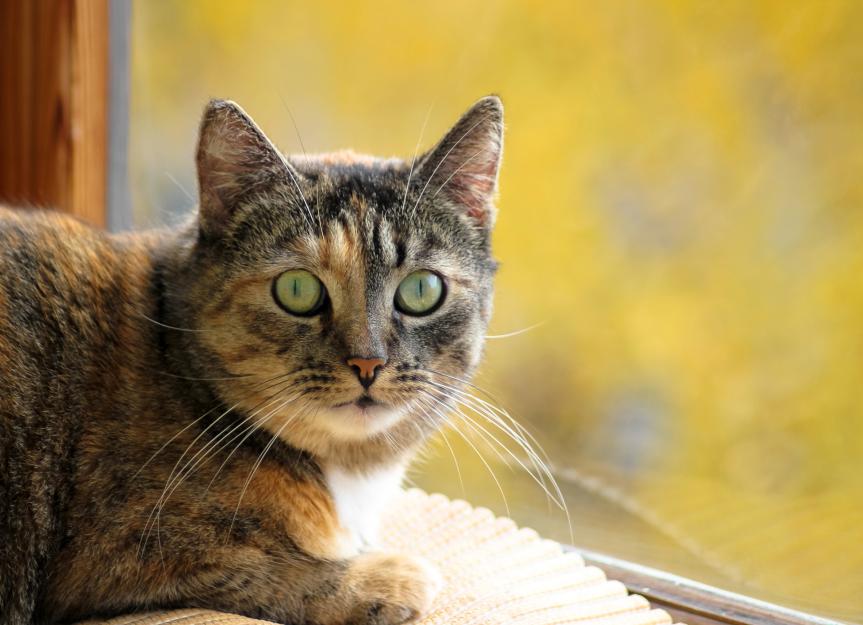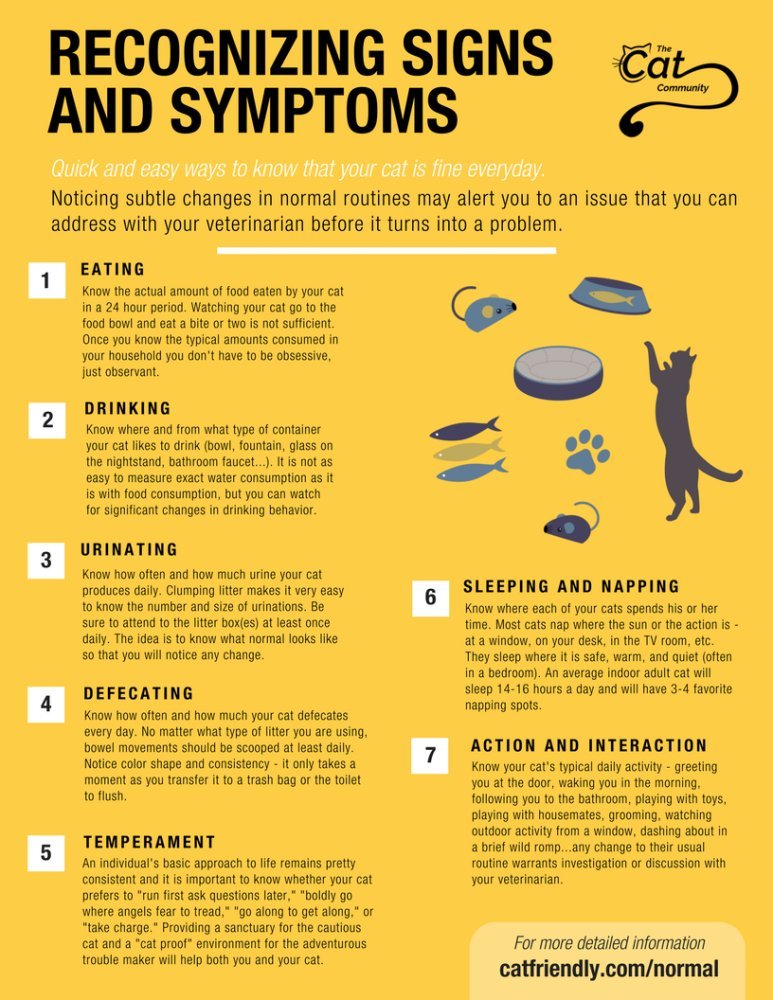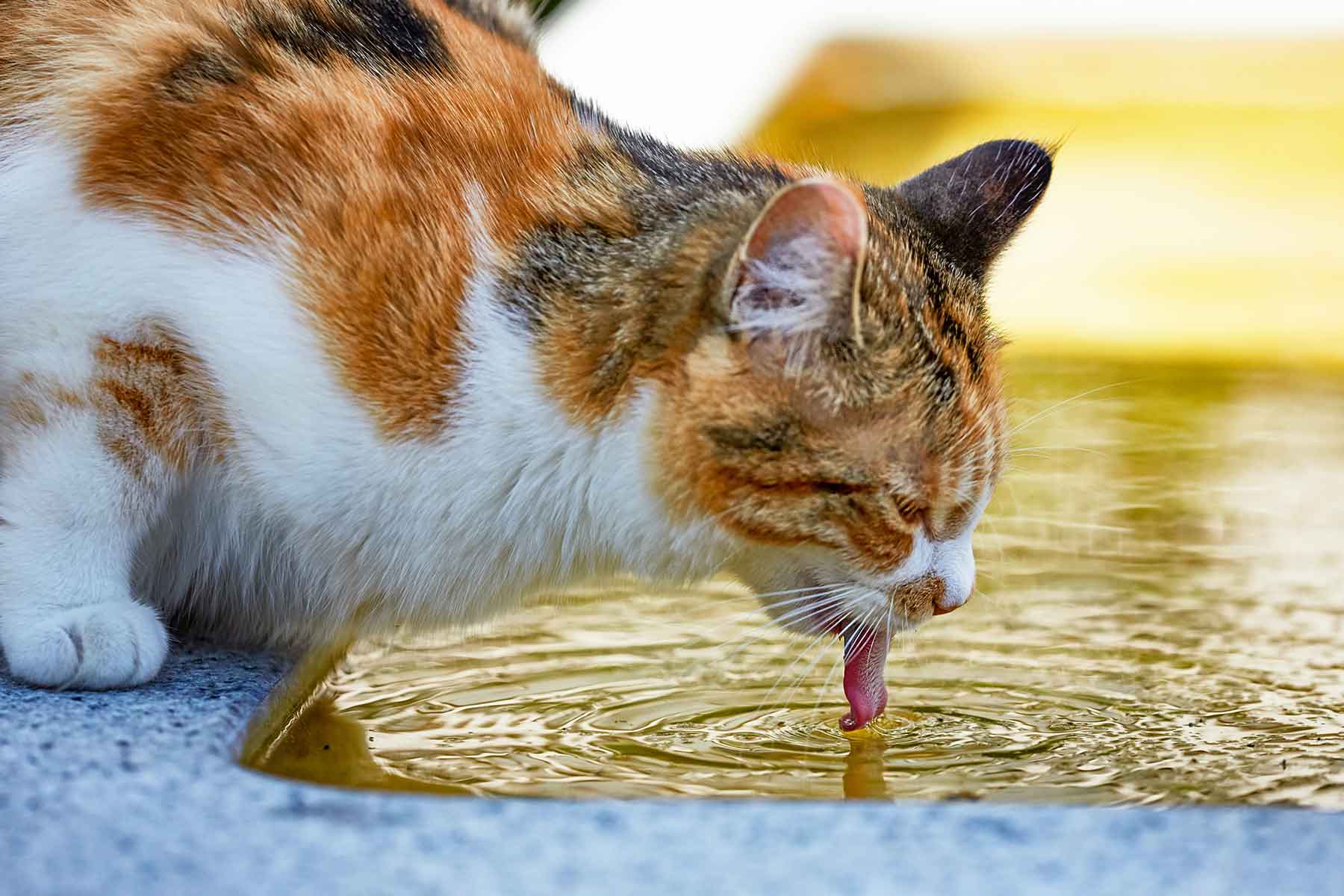My cats' new favorite toy is a catnip-filled banana:
Amazon product
They also like the brand sold individually at Walmart.
Amazon product
They also like the brand sold individually at Walmart.
Last edited:






 www.nytimes.com
www.nytimes.com